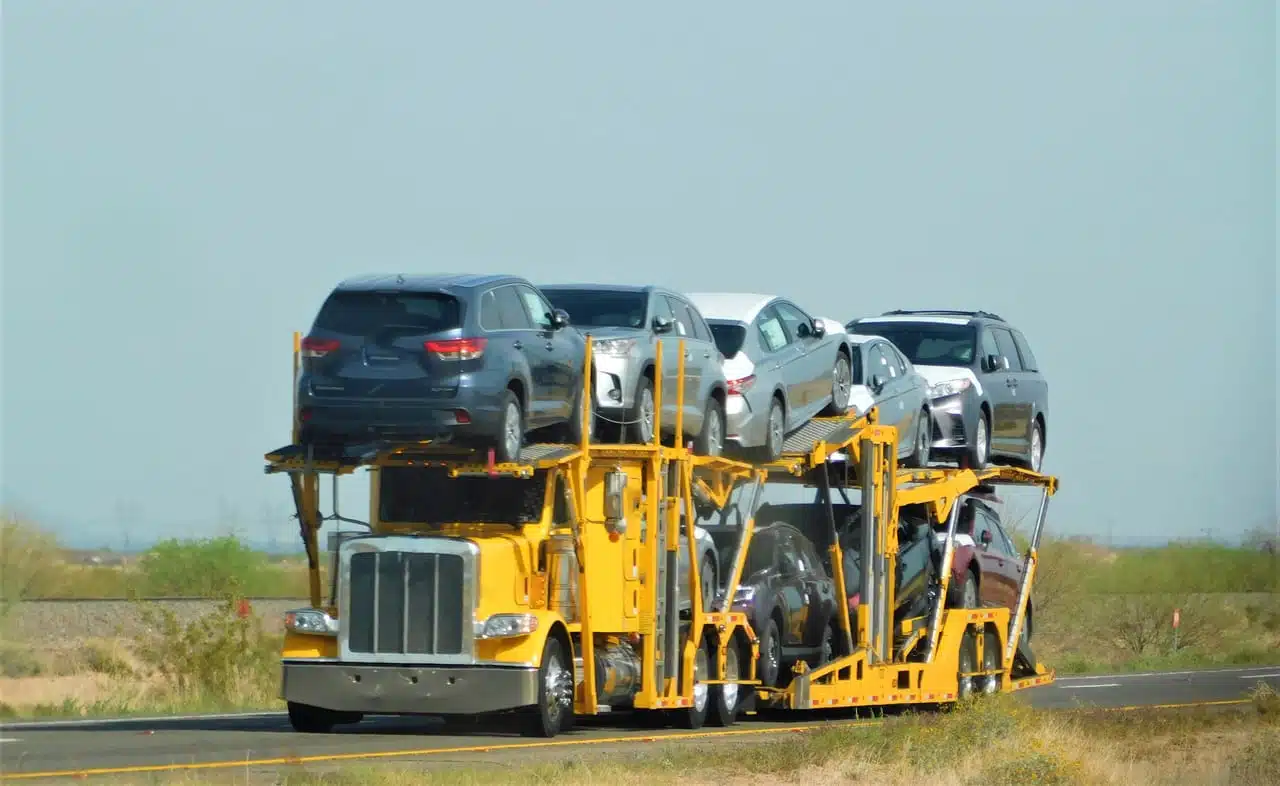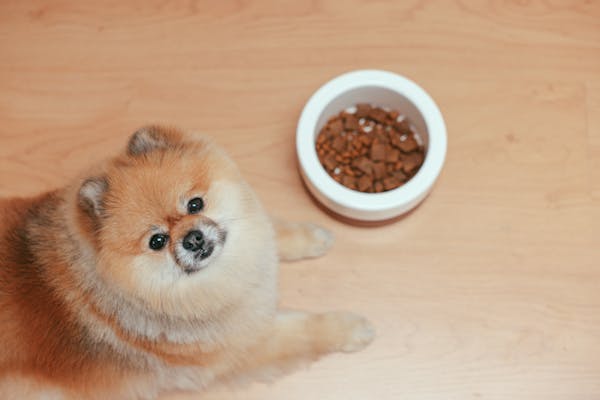
Just like a real car, one of the first steps was to prepare the chassis, adding axles and wheels. There was no engine under the hood of each of these models.
Hudson famously advertised that it was time to step up to a “step down” Hudson when it advertised the first of its all-new postwar automobiles for 1948. Today, we use terms such as “bulbous” or “rolling bathtubs” to describe the Hudson’s smooth, “step down” styling. However, when the new Hudsons hit the market, these cars were considered sleek streamliners that exemplified the modern automobile.
The new Hudson’s design was credited to chief stylist Frank Springs, and his design was compared to many of the custom cars of the day — the chop-top lead sleds coming out of West Coast shops, such as that of the Barris Brothers.
“Step down” wasn’t just an advertising line, as occupants actually stepped down into the lap of Hudson luxury and its recessed floor pans that cradled passengers, surrounding them with a new, all-encompassing frame. Hudson coined the phrase “monobuilt” to describe its new processes, and these new Hudsons were quiet, comfortable, easy to drive and, for the day, quite powerful.

Body shells were molded in clear plastic. Some models only had the driver’s side of the car painted while the passenger side was left transparent to demonstrate Hudson’s “Step-Down Zone.”
As a bonus, these new cars were quite agile on early stock car racetracks, and in the early 1950s, Hudson took more wins than any other manufacturer with legendary pilots Herb Thomas and Marshall Teague behind the wheel. This was an era when stock cars were regular production vehicles that had only been slightly modified. So close to stock were these stock cars that they were often driven to the tracks where they competed.
The incredible shrunken Hudson
Hudson was proud of its new “Step-Down Zone,” as the company referred to it, and in the spring of that year, announced to dealers that a 1/16th scale “demonstrator” model car would be available. Precision engineered and detailed, these sedans were patterned after Hudson’s higher-priced Commodore series. According to factory numbers, the run was to be limited to 20,000 units, but it is believed more were actually produced. Car makers had been working with several toy makers as early as the 1930s to create miniature replicas of their automobiles. Dealers used these models to demonstrate a vehicle’s styling cues and colors. The miniatures could double as a sales tool, and as a promotional give-away item. Admirers of these miniature motorcars started to collect them, and it’s a hobby that remains strong today.

Clear plastic seats were installed on each chassis, which added to the demonstration goals of these wonderful 1/16th-scale demonstrator models.
Materials such as molded rubber or slush-molded metal miniatures were most popular for these promotional models. After the war, a better quality of die-cast was used, and one upstart company from Michigan — Aluminum Model Toys — came along and created a fairly well-detailed 1948 Ford in cast-aluminum. The following year, AMT switched to injection-molded plastic and produced accurate models in a rainbow of colors.
Unlike other car makers that sourced out the creation of their miniature cars, Hudson created its own in-house models. With advances in plastic, Hudson oversaw the creation of the molds and injection process. A special production line was set up right in Hudson’s Detroit assembly plant where hand-selected workers, mostly women, worked meticulously on the intricate parts. The final products were a fleet of handsome Hudsons recreated in 1/16th scale that were as attractive and impressive as the full-size cars. A recently discovered set of photographs unveiled the secrets of the production of these highly sought-after Hudson collectibles.

After the chassis was built up and the passenger seats installed, the pre-painted body was carefully cemented in place.
Creating a scaled-down ‘step down’
To create the miniature Hudsons, their chassis components — including the frame and floorboards — were cast in several pieces of colored plastic that were glued together. To the scale chassis, Hudson workers added the front suspension and a rear axle, plus four whitewall tires on each wheel. Each wheel was adorned with a silver-painted hubcap, complete with a red triangle in the center. From another corner in the plant, model bodies were molded in clear plastic, and after each body was cleaned and trimmed, a special painting process was used. The models were available in two basic colors: two-tones of green and two-tones of red. Some of the cars had only the left side of their bodies painted, which allowed dealers to show, in miniature, just how roomy and comfortable the “Step-Down Zone” sedans were.
After a model’s chassis was completed, front and rear seats, also molded in clear plastic, were attached to the chassis, followed by the careful attachment of the main body.

One of the finishing touches was installing the removable front clip, which was painted to match the body, and bright silver plastic for the front grille and bumper.
Another part of the assembly process was the buildup of the model’s front clip. The hood and fenders were molded as a single unit and painted to match the body colors. The front grille and headlamps were highlighted in argent paint, while a chrome front bumper was attached to the assembly. These were painted the same color as the body of the model car. No engine or transmission was included with the model, which may have disappointed some collectors, but the lack of engine allowed dealers to further demonstrate the advantages of Hudson’s “step down” design. Front clips were then snapped into place on the cars so they could be removed when being shown to customers.
Once the completed car was inspected and any errors corrected, they continued down an assembly line to the packing-and-shipping department where each car was individually wrapped in tissue and placed into a specially marked cardboard box that told everyone that the new miniature models of the “new Hudsons” had arrived. These boxes were packed six to a case.

Once completed, these demonstrator models individually wrapped, boxed and sent to Hudson dealers across the land.
Model cars were rationed; small dealerships were allowed to purchase two of these cars, while larger dealerships could order up to five. At a substantial cost of $4.95 each, these were not cheap, but to help sell a new Hudson at about $2,400 per car, the models were a bargain.
If you like stories like these and other classic car features, check out Old Cars magazine. CLICK HERE to subscribe.
Want a taste of Old Cars magazine first? Sign up for our weekly e-newsletter and get a FREE complimentary digital issue download of our print magazine.

*As an Amazon Associate, Old Cars earns from qualifying purchases.






More Stories
Test Drive: 2023 Volvo V60 Cross Country Ultimate | The Daily Drive | Consumer Guide® The Daily Drive
El Toyota Land Cruiser pudiera tener un regreso inesperado a los Estados Unidos
AAA mobile charging, DHL E-Transits, Hyundai N fuel cell tech: Today’s Car News